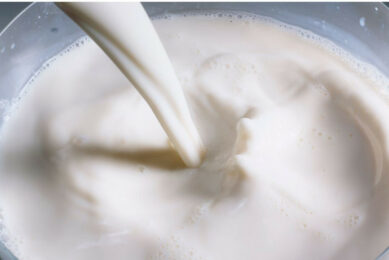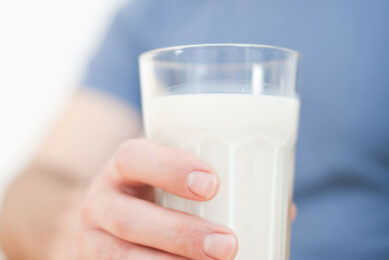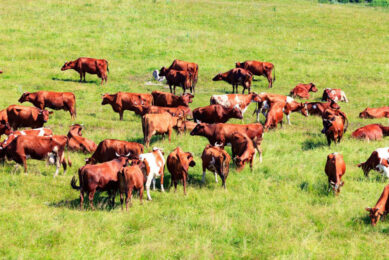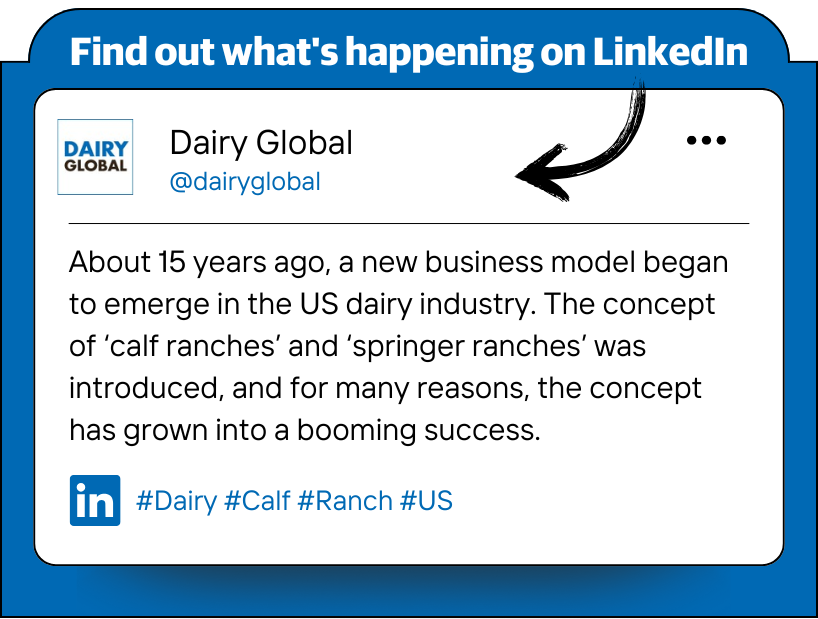A year of 2 halves for Irish milk production
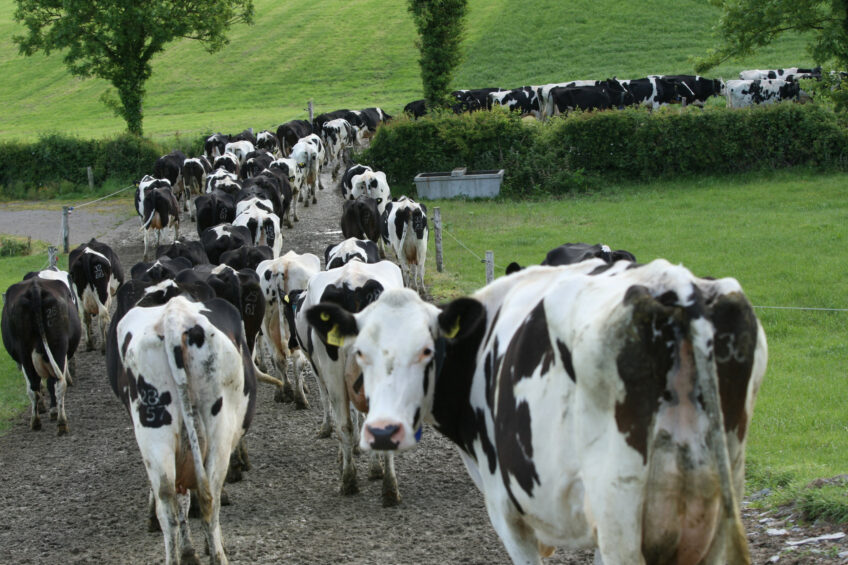
A very strong final sprint in the last few months of the year has almost kept milk production in Ireland stable compared to 2023. Thanks to double-digit year-over-year growth in the last 3 months, the annual milk production in 2024 was, at 8.43 billion liters, just 0.4% lower than in the previous year – a much better performance than many in the industry had feared.
At the beginning of 2024, the situation really looked bleak for milk production in Ireland and, as a result, for the lucrative export of Irish dairy products all over the world. After an already significant decline in the last few months of 2023, January started with a further fall of almost 18% year-over-year. Although the next few months were still negative, the decline slowly became less severe. In the month of April, for example, milk production was 7.5% lower than in the previous year. For the first time in many years, milk production in that peak month was below 1 million tonnes.
In August and September, Irish milk production more or less stabilised compared to the previous years. In October, recovery really kicked in with an increase of 14.8%. In the last 2 months of the year, Irish dairy farmers together delivered over 30% more milk than in the same period in 2023. According to the Central Statistics Office in Dublin, milk production declined by 4.8% in the first 8 months of the year but was a strong 14.5% higher in the last 4 months, making it a year of 2 halves.
Irish dairy exports
The recovery comes as quite a relieve for Bord Bia, the organisation that promotes the export of food and drinks from Ireland all over the world. Last year, Ireland could export over 1.6 million tonnes of dairy products for €6.3 billion – almost the same value as in 2023 despite a still strong price inflation. €2.4 billion of that went to other EU countries, €750 million to the US and €1.1 billion to the UK, despite Brexit still the largest export destination for the Irish.
“2024 was a year that gathered momentum as it progressed. The disappointment of a poor peak production period was somewhat alleviated in the late summer and early autumn as growing conditions and markets improved to deliver value back to farmers and processors,” David Kennedy, head of dairy, wrote in Bord Bia’s report.
Kennedy further explained: “Challenging weather in the spring and summer months limited grass growth during the critical ‘peak milk’ period and hampered production. This was somewhat offset by mild, dry weather, which extended the grazing season later into September, October and November. High farmgate prices in the second half of 2024 motivated farmers to keep cows on lactation for longer and drove strong milk supply over the final months of the year.”
Like many other trade organisations in the world, Bord Bia is worried about geopolitical developments, in particular president Trump’s plans for import levies on all products coming from Europe. Over the last few years, the Irish have focused more on markets like China, but also the US after Brexit made the trade flows with the UK a lot more complicated. As a result, the US has been one of the fastest-growing international markets, with an increase of 11% in dairy exports last year.
“The trading uncertainty with a new administration in the US is one of the factors that might constrain further growth in 2025,” Bord Bia warned.



